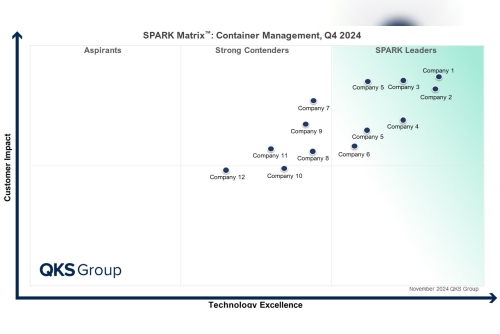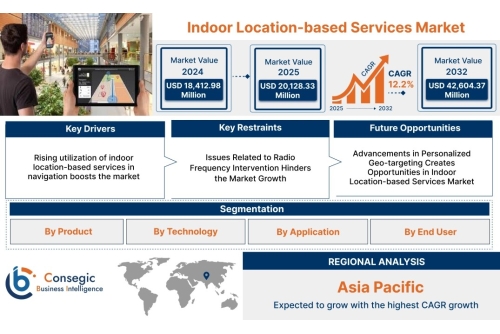Automotive noise, vibration, and harshness (NVH) materials are substances or agents that can reduce or block NVH originating from automobile parts, such as steering wheel, engine box, accelerator, brake paddles, armrest, steering wheel, and floor and seat, of a vehicle. Automakers use rubber, metal sheet, polyvinyl chloride (PVC), felt, resins, cork, and fiberglass to reduce or block NVH at the places where it is sensed. Among these, rubber has been accepted as an ideal NVH material, due to its high density and uniformity.
The surging consumption of lightweight materials in the automobile sector has also led to the development of ultra-fine NVH fiber such as Neptune. It was developed by Tecman Speciality Materials Ltd. and it offers high sound absorption performance, while having very less weight. The development of new and improved products and several advantages offered by NVH materials have encouraged automakers to deploy these materials in passenger vehicles, heavy commercial vehicles (HCVs), and light commercial vehicles (LCVs).
Globally, the Asia-Pacific (APAC) region has emerged as the largest consumer of automotive NVH materials, owing to the high production capacity of automobiles of the regional automotive industry. Moreover, low labor, raw material, and production costs will also accelerate the sales of NVH materials in APAC. China is one of the largest automotive hubs that produced 21,360 million units of passenger cars and 4.36 million units of commercial vehicles in 2019. Similarly, India produced 3,434,013 passenger vehicles and 752,022 commercial vehicles in 2019–2020.
Furthermore, North America has held the second position in the automotive NVH materials market, in recent years. This is owing to the soaring investments in automobile production by automakers and high disposable income of people in the region. Vehicle manufacturers of North America are increasing their concentration on reducing engine vibration, suspension feedback, and cabin sound of vehicles to enhance overall ride experience and quality and curtail NVH levels. Whereas, Europe has held the third position in the market, due to the largescale production of automobiles and presence of a well-established automotive sector.
Moreover, to cater to the accelerating demand for automotive NVH materials from different regions, the key market players, such as DowDuPont Inc., Borgers SE & Co. KGaA, Huntsman Corporation, Mitsui Chemicals Inc., Exxon Mobil Corporation, 3M Company, Sumitomo Chemical Company Limited, Covestro AG, BASF SE, and Lanxess AG, are focusing on developing advanced materials for the automobile sector. For example, Covestro AG has implemented high-tech materials like polycarbonate and polyurethane to reduce unwanted vibration and sound in vehicles.
Thus, the largescale adoption of lightweight vehicles and the development of new materials by the key players will boost the adoption of automotive NVH materials in the coming years.












